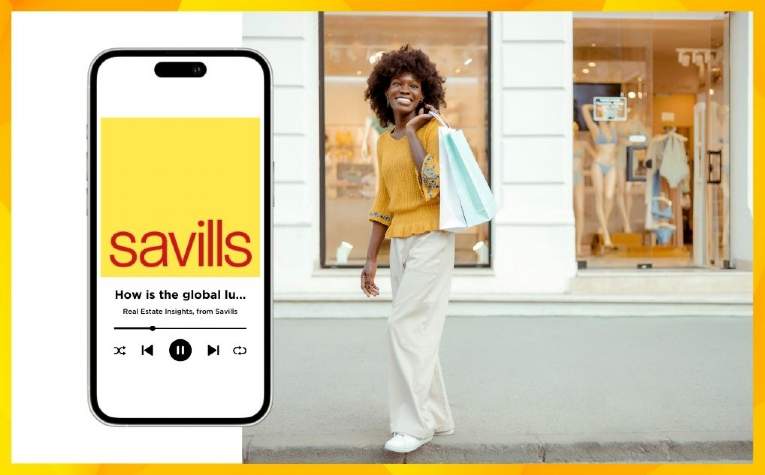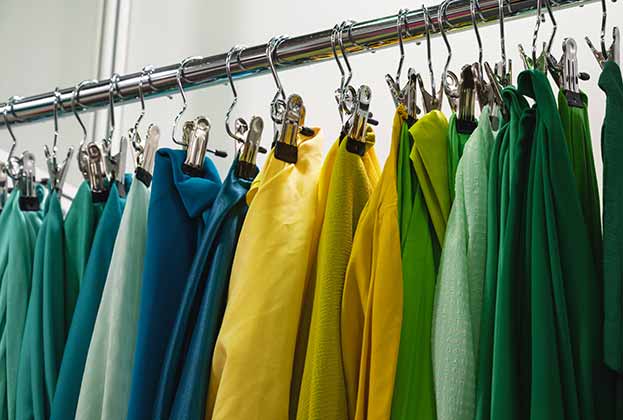Online retail is evolving to include channels where consumers can buy and sell pre-owned items at a lower price; as a consequence, we are seeing a rise in re-commerce, which entails the second-hand selling of products via platforms such as eBay, Facebook Marketplace and Vinted. Data from Statista shows that the re-commerce market has matured over the past five years, with total revenue in Europe growing by 547 per cent since 2018 as this sub-sector grows in popularity.
Why has re-commerce gained traction?
Shifting consumer behaviour, particularly post-pandemic, means many shoppers are increasingly making an effort to avoid unnecessary discretionary spend. Re-commerce offers a more affordable way to shop and the rise in the number of re-sale platforms has increased accessibility for the customer. Lower discretionary spend is especially pertinent given the current inflationary headwinds affecting disposable income, with headline inflation still above European targets. As a result, total retail sales for Europe are forecast to marginally decline by -0.1 per cent in real terms in 2023.
Consumers are also becoming more sustainability minded, which means we can expect this retail channel to grow as habits change to shop second-hand. Re-commerce is now most notable within fashion, where the sustainability conscious have an opportunity to recycle apparel rather than buying new product. In 2023, re-commerce fashion overtook re-commerce electronics to take the highest share of revenue, 40 per cent of the total. This is projected to maintain the highest share, demonstrating the shift in consumer behaviour as more look to shop for fashion sustainably.
Re-commerce is not just exclusive to mass-market items, as luxury re-sale platforms such as Vestiaire are also becoming more popular among shoppers. The rise in authenticity technology means customers can now shop sustainably for one-off luxury items that previously might still have been reserved for new purchases.
How can re-commerce help brands?
Brands who are able to incorporate re-commerce into their sales channels, either directly to consumer or via external re-commerce platforms, can help to expand their customer base as this method of sale allows potential buyers to try the brand at a lower entry price point, particularly for the luxury market. For example, Gucci has partnered with The RealReal, an online marketplace for authenticated luxury goods, that allows the brand to open up to a wider pool of buyers and help extend the life-cycle of their products.
From a mass-market perspective, many brands now offer buy and sell pre-owned programmes that enable shoppers to list apparel through their online re-sale channel. This allows brands to have oversight of the consumer to consumer transaction. Zara for example will list the item with their own product description and information, making the process for both the buyer and seller easier while guaranteeing visits to their online website. Another example, Lululemon, enable customers to trade unwanted items for store credit, again ensuring the brand is steering customers to their brand.
For brands, strengthening digital commerce presents an opportunity for growth. By adapting to evolving consumer habits to incorporate re-commerce sales methods, brands are able to control more of the life cycle of their product and engage with a wider customer base. Where brands hold increased stock by incorporating the sale of second-hand clothing, requirements for warehouse space are likely to increase, creating more opportunity in the industrial sector.
Further information
Contact Georgia Ferris
.jpg)
.jpg)



.jpg)




